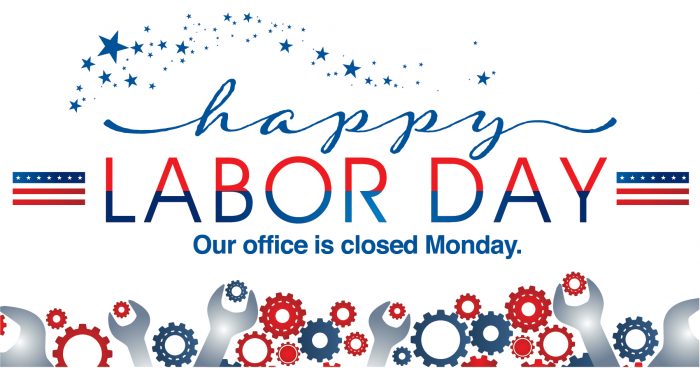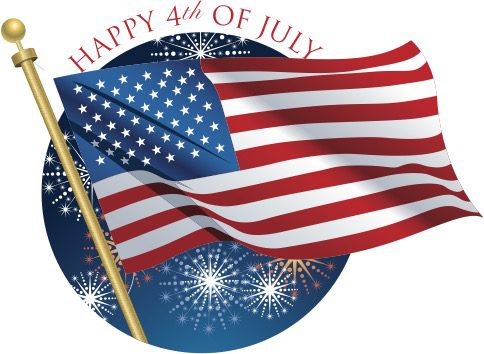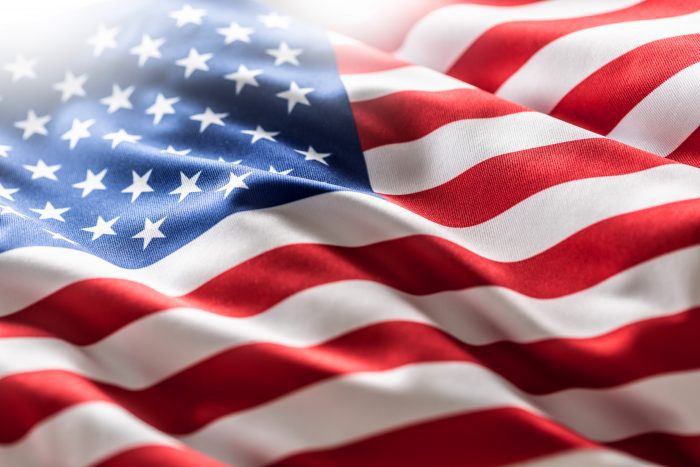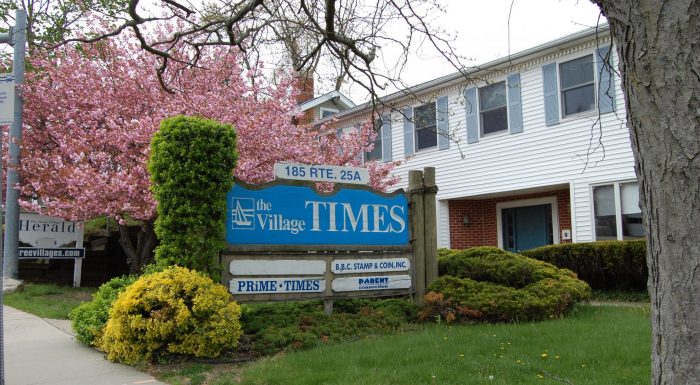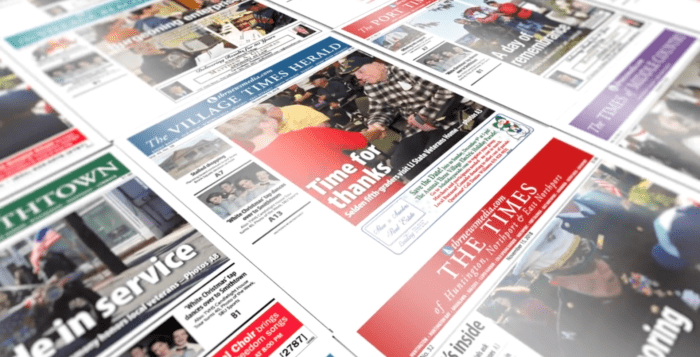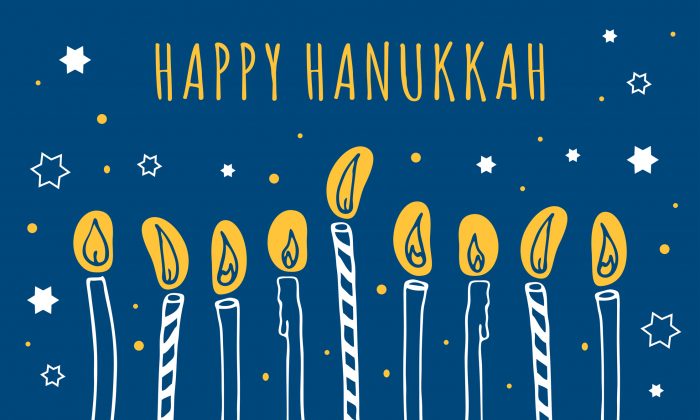The staff at TBR News Media wishes you a Happy Labor Day! The office will be closed on Monday, September 5 but will reopen on Tuesday, September 6 from 10 a.m. to 4 p.m.
TBR News Media
Happy Fourth of July!
The staff at TBR News Media wish you a Happy and Safe Fourth of July Weekend!
Please note: The office will be closed on July 4 and will reopen on July 5 at 10 a.m.
The history of America’s Independence Day:
Few summertime holidays elicit as much excitement as the Fourth of July, also known as Independence Day in the United States. Each year, family, friends and revelers anticipate the arrival of the holiday so they can host barbecues, enjoy the sun, listen to their favorite summertime tunes, and commemorate the freedoms afforded by the monumental events that led to the holiday’s establishment. Independence Day became a federal holiday in 1941, but July 4th has stood as the birth of American independence for much longer.
July 4th marks a pivotal moment in the American Revolution. According to PBS, the colonies were forced to pay taxes to England’s King George III despite having no representation in the British Parliament. “Taxation without representation” became a battle cry and was one of several grievances colonists had with Great Britain.
Conflict between the colonies had been going on for at least a year before the colonies convened a Continental Congress in Philadelphia in June of 1776, says Military.com. On July 2, 1776, the Continental Congress voted in favor of independence from England. Two days later, on July 4, 1776, delegates from the 13 colonies adopted the Declaration of Independence. The Declaration of Independence is an historic document drafted by Thomas Jefferson. Jefferson was considered the strongest and most eloquent writer of the declaration writing committee charged with putting the colonies’ sentiments into words.
Richard Henry Lee of Virginia was one of the first people to present a resolution for American independence, and his commentary was the impetus for the formal Declaration of Independence. A total of 86 changes were made to Jefferson’s original draft until the final version was adopted. The signing of the document helped to solidify independence, and eventually lead to the formation of the United States of America. A total of 56 delegates signed the document. Although John Hancock’s signature is the largest, it did not hold more weight than the other signatures. Rather, rumor has it, Hancock signed it so large so that the “fat, old King could read it without his spectacles.” However, the National Archives says it was also customary that, since Hancock was the president of the Continental Congress, he be the first person to sign the document centered below the text.
The Pennsylvania Evening Post was the first newspaper to print the Declaration of Independence on July 6, 1776. The first public readings of the Declaration were held in Philadelphia’s Independence Square on July 8, 1776.
A Memorial Day tribute
Happy Mother’s Day!
Happy Mother’s Day from Times Beacon Record News Media!
Between You and Me: P.S. Did I mention, I like to write for you?
By Leah S. Dunaief

Another year has rolled by and we again marvel at another anniversary this week of the news group now known as TBR News Media. It started with the lowly Village Times 46 years ago, and actually there was nothing lowly about that first issue. It was 52 pages, mailed to every house in Setauket, Stony Brook and Old Field, and carried some pretty interesting news and graphics.
I guess the biggest news in the April 8th issue, although we didn’t say so, was that there was a second newspaper in town, coming out every Thursday, a day later than the first newspaper, The Three Village Herald. We planned it that way so we could carry most of the week’s news that same week. For example, school board meetings, one of our most important beats, ended late on Tuesday nights and often their agenda didn’t make the other paper until the following week, there being no internet or website in those days, of course. But by coming out on Thursday, while we could report the school news, we couldn’t capture the local supermarket specials, a rich, full page or even two sometimes, because those ads traditionally ran on Wednesday “to give the lady of the house a chance to plan her weekly shopping for the family’s weekends.” Yes, I am quoting the supermarket managers.
This might not strike you as being a particularly significant decision for the newspaper, but it was symbolic of how we viewed our product: news first, advertising second. If we could get the readers, we strategized, the advertising would follow. And history proves us right. We were always something of an upstart. In the beginning, we stopped mailing to every house after the first couple of issues and gave the paper away from news racks in the local stores. Ten months in, we put coin tubes on our newsstands and started to charge a dime, the same as our competition. I can’t tell you, in powerful enough words, how satisfying it was that first day when the dimes rolled out of the tubes and into our palms. Residents were willing to pay, even if only 10 cents, for our efforts.
A couple of years later, we raised the newsstand price to 25 cents, then the industry standard. We were asking a pretty brash question: Were we 21/2 times better than our competition? Yes, there was some tongue clucking about “who did we think we were!” To our relief, our readership grew. Readers put quarters in our tubes and gratification in our hearts. We vowed to work even harder.
What is a community newspaper, really?
We asked ourselves that as we read every other hometown paper we could get our hands on in order to better answer that question. Joining the New York Press Association, which we did two years after we started, helped us network with other publishers across the state for pointers.
We knew that we wanted to be non-partisan, meaning that we would be without party affiliation and completely independent. It was vital that village government news and town board news reach our readers. We particularly favored bragging about our young people, their academic, musical and sports accomplishments. And we created a second section in the paper for cultural events, science and medicine, giving space to local artists and columnists.
We were eager to hear what our readers had to say and made sure we had clearly marked opinion pages for that purpose. Our opinions were there, too. And we thought of the paper as a mirror that was held up to reflect the community we served, providing future historians with the chronology and sentiments of the day.
Most especially, we believed in fairness. And facts. In a controversial situation, we wanted all sides to be heard and heard accurately. We left it to our readers to judge. They were intelligent beings and we never dumbed down the stories for them. Further, we saw as part of our job to protect our communities and their natural beauty from those who would cause harm. Come to think of it, in our six papers, on our website and our social media platforms, that’s about what we still do.
Happy New Year from TBR News Media!
Happy New Year from the TBR News Media team! We wish everyone a safe, healthy and happy 2022!
Happy holidays from TBR News Media!
From all of us at TBR News Media we wish you and your families a happy and healthy holiday season!
Between You and Me: A big thank you to the federal government
By Leah S. Dunaief

Since we were thinking of all we are grateful for this Thanksgiving, I can now add one more item to the list. It seems that government officials have finally noticed how important newspapers and media, especially local news media, are, and they want to help us survive. In fact, attitudes on the part of media members toward government have also changed in the last couple of years, thanks strangely to the coronavirus pandemic.
The grim numbers tell the story. According to an article in this past Monday’s issue of The New York Times, there are now 200 counties in the United States without a newspaper. These are being referred to as newspaper deserts. More than 2100 have shut down since 2004. This is in part due to the rise in digital media that has broken the business model of advertising support for local newspapers, with the final blow delivered by COVID-19. According to the Pew Research Center, the number of journalists at newspapers fell to 31,000 last year from 71,000 in 2008.
At the same time, in order to stay afloat, many newspapers have accepted help from the federal government’s Paycheck Protection Program with forgivable loans, assuaging fears of publishers of an inherent conflict of interest in accepting federal help. After all, newspapers are considered the watchdogs of the powerful, including government, on behalf of the people. We have been leery of any quid pro quo by accepting government help until now. But there have been no restrictions or demands put on news gatherers in this program, proving that such support can work if properly administered, and those loans have doubtlessly saved the number of shuttered newspapers from being greater.
“I don’t think we’d be having this conversation [about government support for local media] if it were not for the impact of Covid and the role that it played in accelerating challenges the [news] sector has faced,” said Damian Radcliff, a professor at the University of Oregon School of Journalism and Communications in The Times.
A tax credit for local newspapers was one of the main items in the Local Journalism Sustainability Act, a bipartisan bill that appeared before Congress in 2020 and was reintroduced this year. Among its supporters was local U.S. Rep. Lee Zeldin (R-NY1). When it stalled, it was then put into the latest $2.2 trillion package, as a payroll tax credit, the giant bill having passed the House and now awaits its fate at the hands of the Senate.
Why should the government help newspapers?
For starters, there is early precedent in United States history. The Postal Act of 1792 gave newspapers significantly cheaper mail rates. The maxim about an informed public being the cornerstone of democracy still holds. A free press is enshrined in the First Amendment, and the way to help pay for it was, and still is, by reduced postage. To this day, newspapers that are so designated because they carry a significant percentage of news, as opposed to only advertising, move at the rate of first class mail.
As for local news that most directly affects everyday life, who but the local news outlets would routinely cover local school board, town board and civics meetings? It is in the local news where births, deaths. graduations and weddings are noted. Local student sports teams, student musicians and academic accomplishments are proudly published, as are local cultural events, exhibitions and fairs. In addition to holding local officials accountable, local newspapers define the boundaries of a community and strengthen its bonds.
Other ways that government can help news outlets include placing advertising from their various agencies. Such a program helped newspapers in New York City this past year for a total of some $10 million, at the behest of Mayor de Blasio. Although counties already advertise legal notices in newspapers, those are not usually equitably placed but rather are saved for the partisan papers by the party in control. A legislator in New Jersey suggested giving residents a $250 deduction on their taxes if they subscribed to a local news outlet.
I can tell you that were we to receive any sort of financial help from the government, it would go directly toward publishing more local news for you.
Happy Hanukkah from TBR News Media!
Happy Thanksgiving from TBR News Media!


